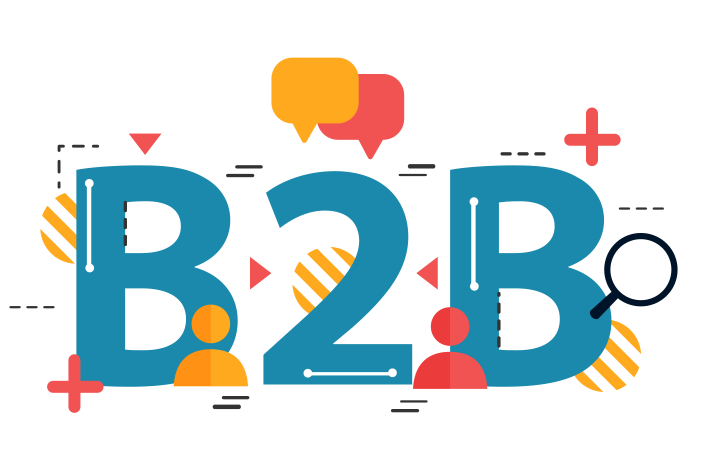 Email enjoys the benefit of being a one-to-one marketing channel that provides unique opportunities for sending out targeted communications. The pre-requisite for targeting, of course, is the ready availability of an appropriate level of meta-data about prospects.
Email enjoys the benefit of being a one-to-one marketing channel that provides unique opportunities for sending out targeted communications. The pre-requisite for targeting, of course, is the ready availability of an appropriate level of meta-data about prospects.
Job titles, Company SIC codes, Annual company turnovers, Geo-location, etc. are all important but macro-level targeting criteria that are woefully inadequate for a more personalized marketing approach. What is needed is what we call secondary classifications that are far more granular in nature but can provide a vastly better click and engagement rates.
In this article, we focus on techniques for identifying these secondary classifications. The method is prescripted and crafted for tech companies for the sake of this article but can be easily extrapolated for other industries.
Secondary classifications-Why use them?
A secondary classification is as any metadata about a prospect over and above the standard data points such as company revenue, employee count, SIC code, etc. offered by commercial b2b databases. These data points need to be developed manually by doing intensive due diligence on various client segments.
Consider some example data points
- Client business model-(SaaS, Media publisher, B2B services company, Etailer etc.)
- Industry sub-segment-(e.g. within Retail there are multiple sub-segments including Fashion, Electronics, Travel, Health, and Beauty)
- Client objective from a business outcome perspective (e.g. online sales, foot traffic, viral engagement, etc.)
Unlike these standard data points, secondary classifications are typically developed using market research conducted specifically for promoting a particular set of product or service offerings. These secondary classifications play a very important role in persona development in that they allow Marketers to develop a deeper understanding of client business challenges and thereby develop more effective communication strategies.
Consider for example a pureplay online retailer whose priority is to maximize avg. order value while decreasing acquisition costs. A high-street brick and mortar retailer on the other hand would be more interested in increasing foot traffic and store sales while keeping inventory costs down. Both businesses would likely have the same SIC code but with very different business needs. For such scenarios, secondary classifications become indispensable.
So how do we go about developing secondary classifications?
Possibly the only way of developing effective secondary classifications is to categorize the various client types into abstract business models with maximum similarity in characteristics within a group.
Consider a Marketing Technology Services agency providing Reporting and Dashboards services to agencies and brands. The service involves aggregating data from disparate sources and then building marketing performance dashboards.
What could the business models of their clients be?
A media publisher makes money mainly through advertisement and also some through research-based products. Their priorities in terms of measurement are vastly different from that of a typical SaaS vendor selling a subscription project. Media publishers are interested in
- increasing traffic to their site,
- efficient selling remnant inventory
- ensuring that premium ads do not co-exist with run-on-the-mill inventory
- maximizing inventory yield and so on
SaaS vendors provide electronic access to a product or service and have a very different focus. This is about
- getting quality traffic in the most efficient manner and not just any random traffic
- trial sign-ups
- continuity billings
- LTV growth
Service companies need have to work with long sales cycles that take significant time investments in bringing up clients through the awareness to the consideration stage. Their expectations from marketing campaigns are completely different from other business models. More often than not, the Agency would develop collateral and specific propositions for various roles within the target client account. Like different pitches for Marketers, Technology Architects, Business Analysts, or Senior Marketing Management.
Every Business Model can be linked to a specific set of pain points and Marketers can then combine higher-level data points (Turnover, GEo, SIC code etc.) with a much more granular understanding of specific contexts to create highly targeted personas. Solutions can now be greatly customized, messaging can be pertinent and the customer contact highly targeted.
Summary
Developing secondary classifications on prospect/customer data allows Technology Companies to target business users with business-focused offerings. Such data overlays are typically possible only with extensive market research by tech-savvy analysts who understand the technology landscape and who can look at company websites and/or other public collateral to identify the correct classification. Agencies and Technology Vendors who are serious about targeted email marketing will find that such investments are well worth the effort, given the significant improvement in both the quality and quantity of leads that they generate.

